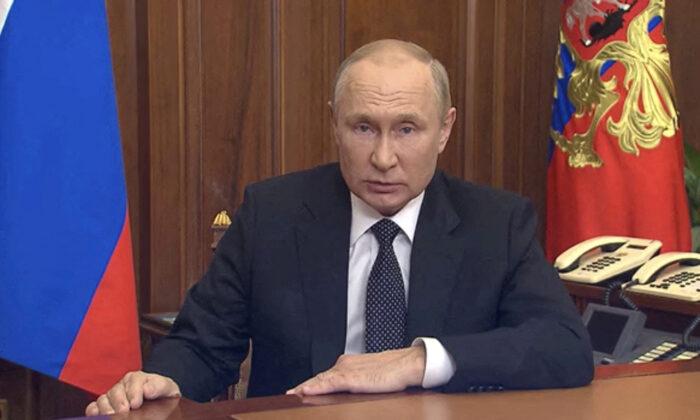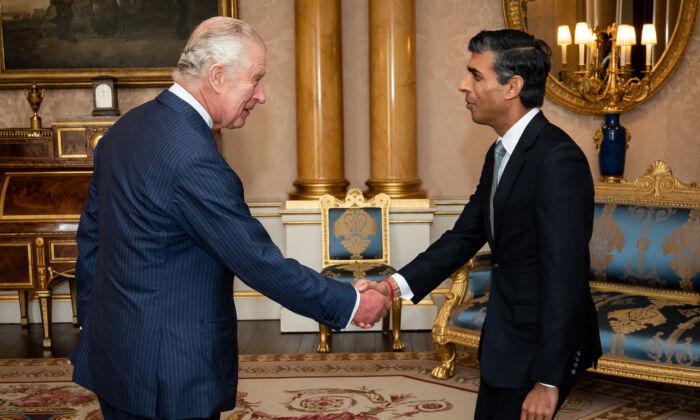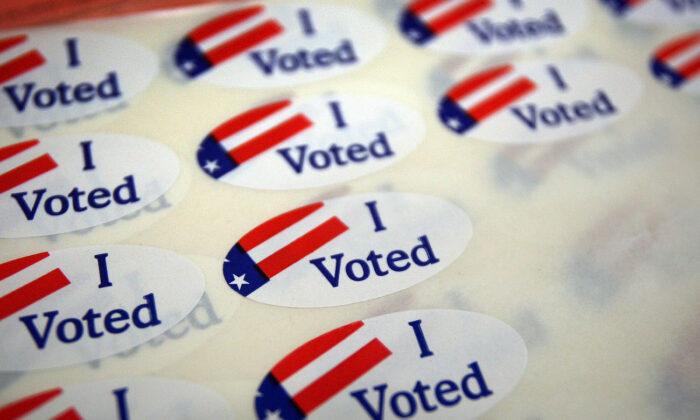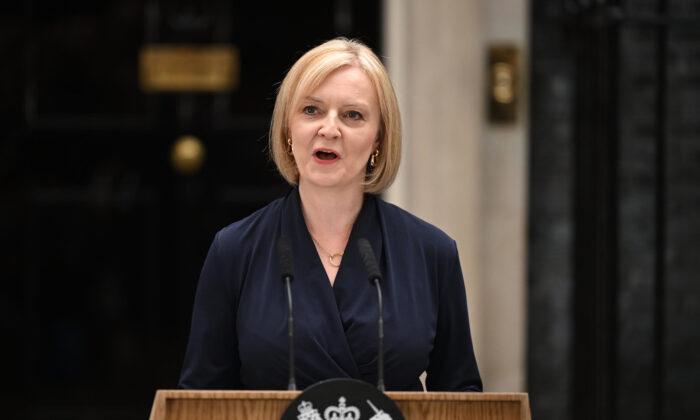The mainstream media have presented the conflict in very black and white terms: “Bad guy Putin invades innocent country—West must do something,” even as no one can be sure that this “something” won’t lead eventually to thermonuclear war.
Time for Reflection
So far, Western leaders have been treating Ukraine as a proxy war, but that’s a very dangerous miscalculation.Those wars were fought in far-away countries such as Korea, Vietnam, Afghanistan, Angola, Egypt, and Syria, and the superpowers engaged with the different warring factions to gain strategic territory and ideological influence, and to keep their industrial military complexes in business.
Whoever won or lost, those wars never turned nuclear, and the big powers never fired a shot against each other. This conflict is right on Russia’s border, giving it an altogether higher order of magnitude in Moscow.
Another mistake the West is making is to see this conflict as an isolated event that began on Feb. 24. However, for Moscow, it really began on April 4, 1949, when the North Atlantic Treaty Organization (NATO) came into being.
The Soviet Union was concerned that the organization wouldn’t confine its political aspirations to Western Europe alone, and this has proven true, as NATO’s expansion eastward toward Russia has never really stopped.
Those ambitions would eventually lead to the creation of the European Union, whose strategy has always been to diminish the power of nation-states by ceding their sovereign authority to the unelected European Commission.
But it was far from an outright victory, and it began the ongoing Russo–Ukrainian war, of which the current Russian invasion is the latest development.
“If you want an example of EU foreign policymaking on the hoof, and the EU’s pretensions to be running a defense policy that has caused real trouble, then look at what has happened in Ukraine,” he said in 2016.
Is NATO Putting a Noose Around Russia?
It was six years after the founding of NATO that the Soviet Union created its own version, the Warsaw Pact Defense Treaty, in response to West Germany joining the Western military alliance in 1955. Greece and Turkey had already preceded it in 1952, but Germany—the old enemy—was the tipping point.He launched a five-day invasion of Georgia and only pulled his troops out on the proviso that they would forget about membership in NATO and the EU. Ukraine also agreed to those terms—at least publicly.
Croatia and Albania successfully joined NATO one year later, followed by Montenegro in 2017. Now, both Sweden and Finland are seeking full NATO membership.
Although an agreement was eventually reached, the Maidan Revolution in January 2014 probably convinced Putin that he had to act to secure his nation’s naval defense. Two months later, he moved his troops surreptitiously into Crimea, unopposed.
Was that a coincidence? I doubt it very much. Putin had repeatedly warned U.S. presidents from Bill Clinton onward that Ukraine was his absolute red line for NATO membership. Kamala Harris apparently didn’t read that memo, or didn’t care, as she stood smiling with Zelenskyy in Munich.
What Comes Next?
The development of weapons of mass destruction was thought to have made all-out war between the nations that possessed them pointless. That policy of mutually assured destruction, or MAD, has kept relative peace in Europe and around the world for more than 70 years.Yet, somehow the Western powers have convinced themselves they can use conventional weapons—and the soldiers they have trained—to attack Russian troops without any cost to themselves.
Ironically, despite demonizing Putin, they’re relying on him not to do the unthinkable, and millions of lives now rest on that calculation. But what if he one day concludes, “If we detonate a tactical nuclear weapon or two to save our country, would they really end the world over it?”





